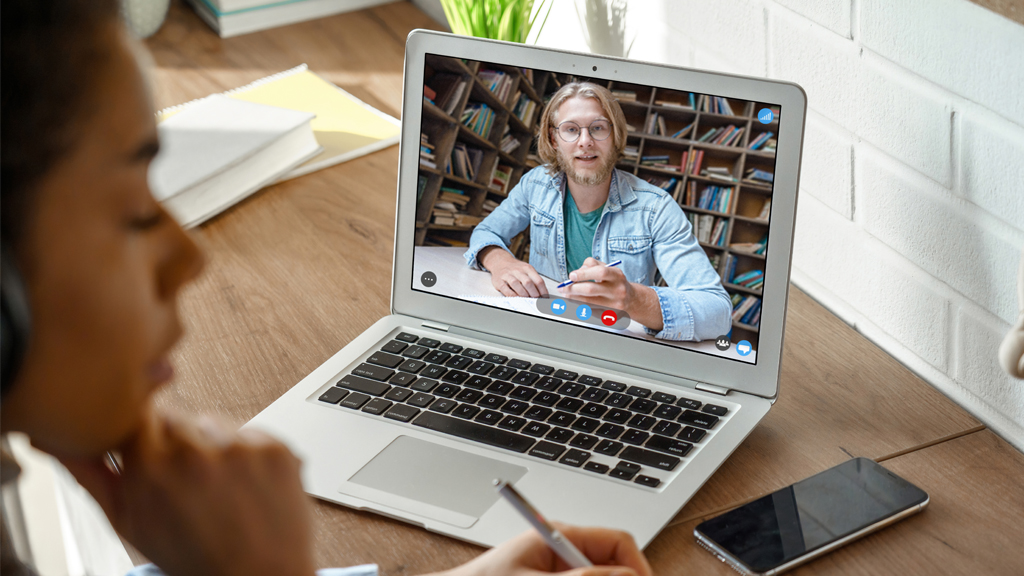Archive: Science Update: The Enduring Legacy of Henrietta Lacks, September 16, 2020
As we celebrate Henrietta Lacks’ 100th birthday, this web seminar presentation will highlight the contributions of HeLa cells to science and medicine, as well as NIH’s unique agreement with the Lacks’ family related to access to HeLa genomic data. Since Ms. Lacks’ untimely death in 1952, HeLa cells have been a vital tool in biomedical research, leading to an increased understanding of the fundamentals of human health and disease.
As we celebrate Henrietta Lacks’ 100th birthday, this web seminar presentation will highlight the contributions of HeLa cells to science and medicine, as well as NIH’s unique agreement with the Lacks’ family related to access to HeLa genomic data. Since Ms. Lacks’ untimely death in 1952, HeLa cells have been a vital tool in biomedical research, leading to an increased understanding of the fundamentals of human health and disease.
As we celebrate Henrietta Lacks’ 100th birthday, this web seminar presentation will highlight the contributions of HeLa cells to science and medicine, as well as NIH’s unique agreement with the Lacks’ family related to access to HeLa genomic data. Since Ms. Lacks’ untimely death in 1952, HeLa cells have been a vital tool in biomedical research, leading to an increased understanding of the fundamentals of human health and disease.
As we celebrate Henrietta Lacks’ 100th birthday, this web seminar presentation will highlight the contributions of HeLa cells to science and medicine, as well as NIH’s unique agreement with the Lacks’ family related to access to HeLa genomic data. Since Ms. Lacks’ untimely death in 1952, HeLa cells have been a vital tool in biomedical research, leading to an increased understanding of the fundamentals of human health and disease.







